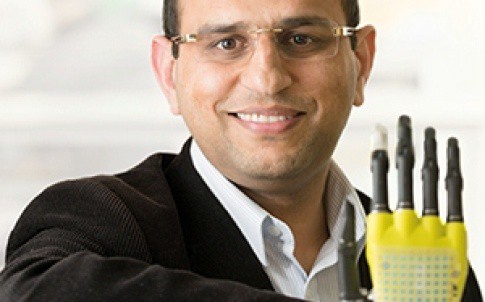Widespread manufacture of the material - which consists of sheets of carbon just one atom thick - has so far been limited to some degree by cost. One of the primary methods for producing graphene is chemical vapour deposition, or CVD. This turns gaseous reactants into a film of graphene on a substrate. Though many materials can act as the substrate, copper is one of the most common.
Up until now an expensive type of copper has been needed, and it has often had to be treated before it was suitable as a substrate. But the Glasgow researchers have developed a similar method that produces high-grade graphene from commercially available copper, making the process around 100 times cheaper than current techniques.

“Our process produces high-quality graphene at low cost, taking us one step closer to creating affordable new electronic devices with a wide range of applications, from the smart cities of the future to mobile healthcare,” said Dr Ravinder Dahiya from Glasgow University’s School of Engineering.
“The commercially-available copper we used in our process retails for around one dollar per square metre, compared to around $115 for a similar amount of the copper currently used in graphene production. This more expensive form of copper often required preparation before it can be used, adding further to the cost of the process.”
Hailed by some as a ’wonder material’ since its discovery in the 2000s, graphene has a range of potential uses, from electronics and sensors, to energy storage and healthcare. Dahiya’s personal area of interest is synthetic skin, and he believes graphene could help produce prosthetics capable of delivering complex sensation to the wearers.
“Much of my own research is in the field of synthetic skin,” he said in a statement. “Graphene could help provide an ultraflexible, conductive surface which could provide people with prosthetics capable of providing sensation in a way that is impossible for even the most advanced prosthetics today.”





Swiss geoengineering start-up targets methane removal
No mention whatsoever about the effect of increased methane levels/iron chloride in the ocean on the pH and chemical properties of the ocean - are we...